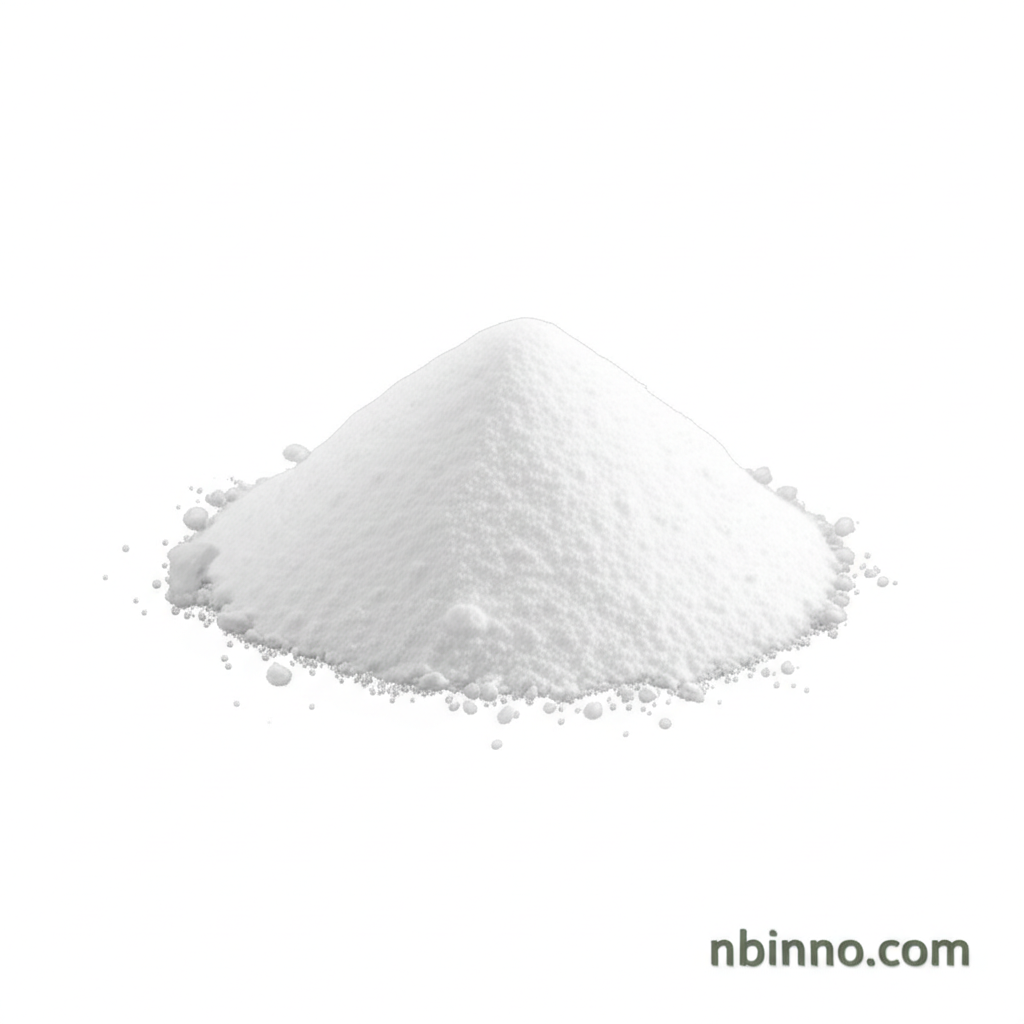(+)-Cloprostenol Isopropyl Ester: A Comprehensive Guide
Explore the properties, applications, and market insights of this key synthetic prostaglandin analog.
Get a Quote & SampleProduct Core Value

(+)-Cloprostenol isopropyl ester
As a synthetic analog of prostaglandin F2α (PGF2α), (+)-Cloprostenol isopropyl ester is a crucial compound with significant biological activity. It functions as an FP receptor agonist and is widely recognized for its potent luteolytic and ocular hypotensive effects.
- Leveraging its role as a synthetic prostaglandin F2α analog, (+)-Cloprostenol isopropyl ester is instrumental in various pharmaceutical research applications.
- Its potent luteolytic properties make it a valuable agent in veterinary medicine, particularly in reproductive health management.
- As an ocular hypotensive agent, this compound shows promise in research related to glaucoma and intraocular pressure reduction.
- The precise structure and activity of cloprostenol isopropyl ester CAS 157283-66-4 are well-documented, facilitating its use as a reliable research chemical.
Key Advantages
Versatile Applications
Discover the broad utility of (+)-Cloprostenol isopropyl ester, from veterinary applications to its significance as a pharmaceutical intermediate in drug development.
Potent Biological Activity
This compound exhibits strong FP receptor agonism and demonstrates significant efficacy as a luteolytic agent in various animal models.
Research Utility
Facilitate groundbreaking research with a compound known for its role in studies concerning reproductive cycles and intraocular pressure management, making it a sought-after synthetic prostaglandin F2α analog.
Key Applications
Veterinary Medicine
(+)-Cloprostenol isopropyl ester is a vital veterinary drug used in the synchronization of estrus and treatment of certain reproductive disorders.
Ophthalmic Research
Its role as an ocular hypotensive agent makes it a subject of interest in research aimed at developing new treatments for glaucoma.
Pharmaceutical Synthesis
Serves as a critical pharmaceutical intermediate in the synthesis of various therapeutic compounds, leveraging its PGF2α agonist activity.
Biochemical Research Tool
A valuable reagent for scientific studies exploring prostaglandin receptor functions and their physiological impacts, highlighting its importance as a synthetic prostaglandin F2α analog.
